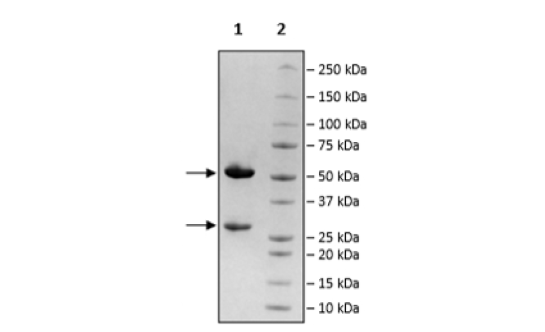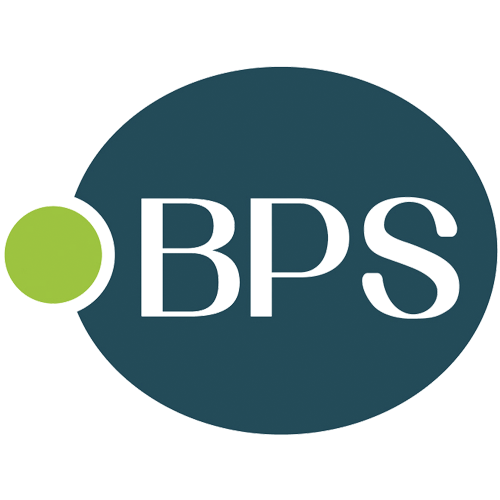
Detection of endogenous human BAFF using anti-BAFF (h) mAb (1-35-1)(AG-20B-0037). Method: Neutrophils (CD15+) were stained with BAFF (h), mAb (1-35-1) (thick line) or an isotype control (thin line) at 10microg /ml each, revealed with a second
anti-BAFF (human), mAb (1-35-1)
AG-20B-0037
ApplicationsFlow Cytometry
Product group Antibodies
ReactivityHuman
TargetTNFSF13B
Overview
- SupplierAdipoGen Life Sciences
- Product Nameanti-BAFF (human), mAb (1-35-1)
- Delivery Days Customer10
- ApplicationsFlow Cytometry
- CertificationResearch Use Only
- ClonalityMonoclonal
- Clone ID1-35-1
- Concentration1 mg/ml
- Estimated Purity>95%
- Gene ID10673
- Target nameTNFSF13B
- Target descriptionTNF superfamily member 13b
- Target synonymsBAFF, BLYS, CD257, DTL, TALL-1, TALL1, THANK, TNFSF20, TNLG7A, ZTNF4, tumor necrosis factor ligand superfamily member 13B, ApoL related ligand TALL-1, B-cell-activating factor, B-lymphocyte stimulator, Delta4 BAFF, TNF and ApoL-related leukocyte expressed ligand 1, TNF homolog that activates apoptosis, delta BAFF, dendritic cell-derived TNF-like molecule, epididymis secretory sperm binding protein, tumor necrosis factor (ligand) superfamily, member 13b, tumor necrosis factor (ligand) superfamily, member 20, tumor necrosis factor ligand 7A, tumor necrosis factor superfamily member 13b, tumor necrosis factor-like protein ZTNF4
- HostRat
- IsotypeIgG2a
- Protein IDQ9Y275
- Protein NameTumor necrosis factor ligand superfamily member 13B
- Scientific DescriptionBAFF is a master regulator of peripheral B cell survival, and together with IL-6, promotes Ig class-switching and plasma cell differentiation. BAFF co-stimulates activated T cells. Increased levels of soluble BAFF have been detected in the serum of patients with various autoimmune diseases, such as Sjoegrens syndrome, rheumatoid arthritis, multiple sclerosis and systemic lupus erythematosus (SLE). Furthermore, BAFF is found in inflammatory sites in which there is lymphoid neogenesis. BAFF levels are elevated in patients with multiple myeloma and B cell chronic lymphoid leukemia (B-CCL). - Monoclonal Antibody. Recognizes human BAFF. Isotype: Rat IgG2akappa. Clone: 1-35-1. Applications: FACS. Liquid. In PBS containing 0.02% sodium azide. BAFF is a master regulator of peripheral B cell survival, and together with IL-6, promotes Ig class-switching and plasma cell differentiation. BAFF co-stimulates activated T cells. Increased levels of soluble BAFF have been detected in the serum of patients with various autoimmune diseases, such as Sjoegrens syndrome, rheumatoid arthritis, multiple sclerosis and systemic lupus erythematosus (SLE). Furthermore, BAFF is found in inflammatory sites in which there is lymphoid neogenesis. BAFF levels are elevated in patients with multiple myeloma and B cell chronic lymphoid leukemia (B-CCL).
- ReactivityHuman
- Storage Instruction-20°C,2°C to 8°C
- UNSPSC12352203





